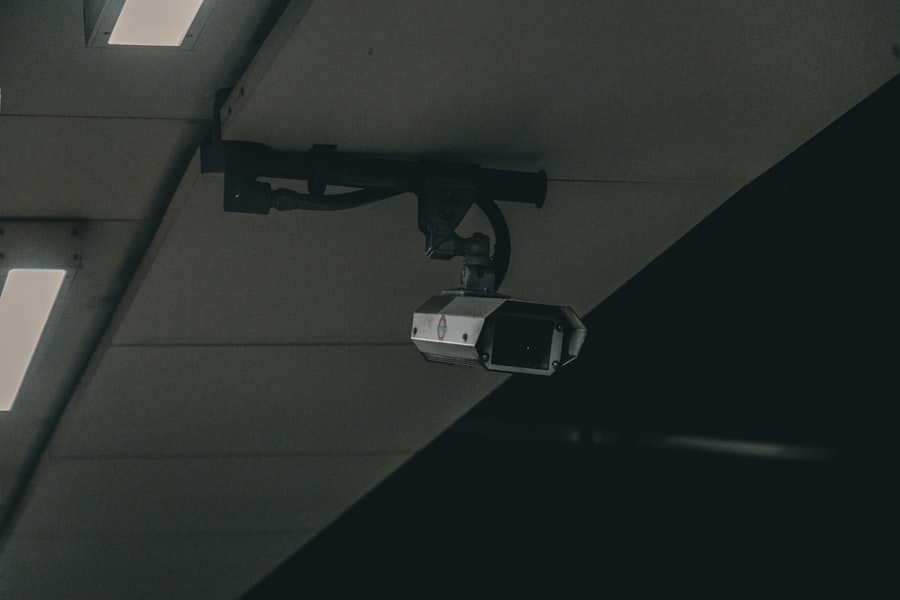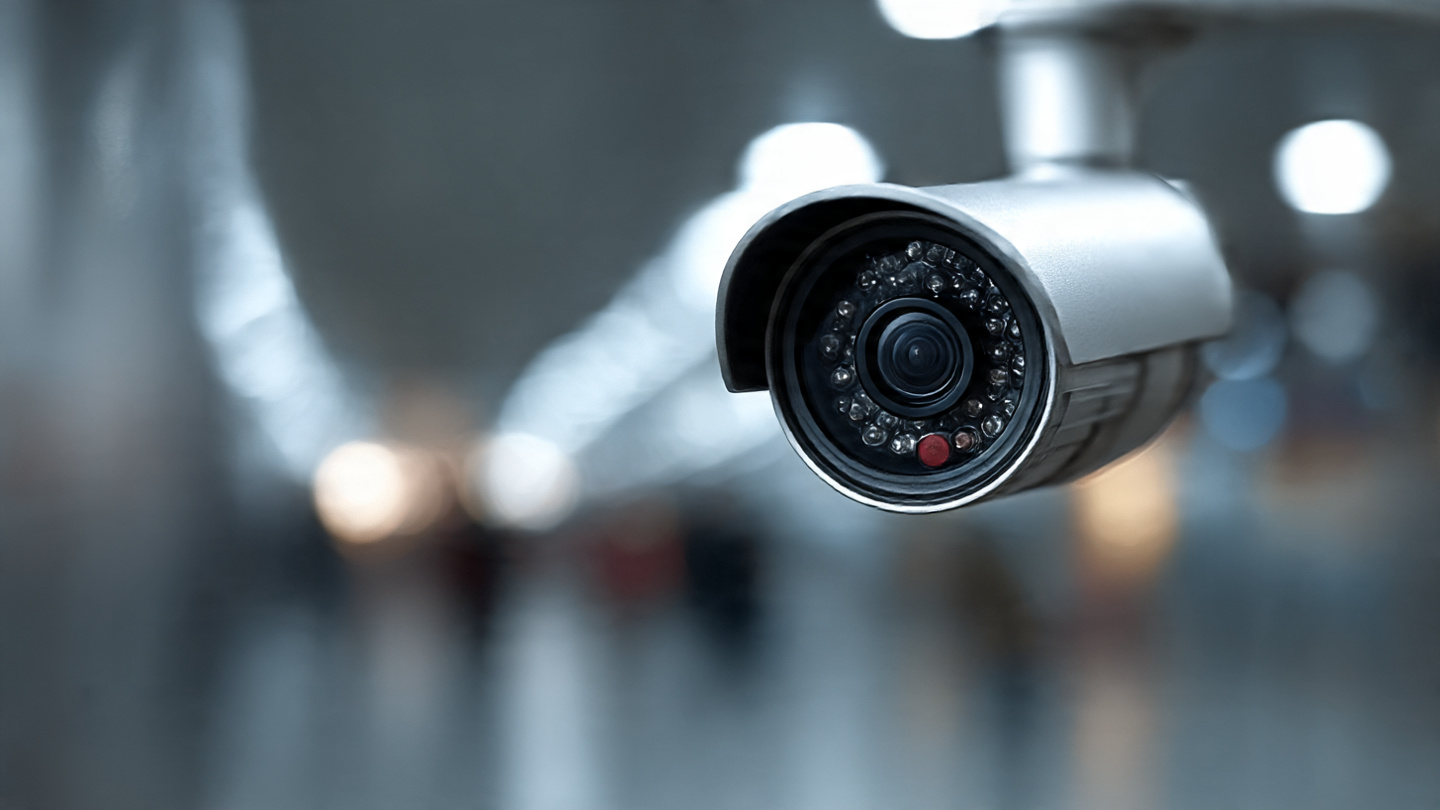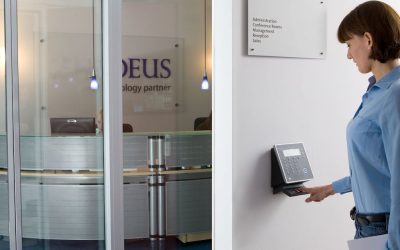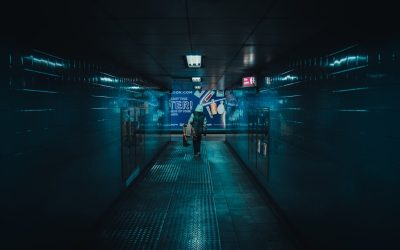Maximizing Security
The installation of security cameras is a critical step in establishing a robust surveillance system. While many individuals may consider a DIY approach to save costs, the complexities involved in professional installation cannot be overstated. Professional installers bring a wealth of experience and expertise that ensures the cameras are set up correctly, maximizing their effectiveness.
They understand the nuances of various camera types, the intricacies of wiring, and the best practices for positioning cameras to capture optimal footage. This level of knowledge is essential, as improper installation can lead to blind spots, inadequate coverage, and ultimately, a compromised security system. Moreover, professional installation often includes a comprehensive assessment of the property.
Installers evaluate the layout, identify vulnerable areas, and recommend solutions tailored to specific security needs. This personalized approach not only enhances the effectiveness of the surveillance system but also provides peace of mind to property owners. Knowing that a trained professional has meticulously planned and executed the installation allows individuals to focus on other aspects of their lives without the constant worry about security vulnerabilities.
In essence, investing in professional installation is an investment in the overall integrity and reliability of a security system. Security Systems and Solutions You Can Trust.
Key Takeaways
- Professional installation ensures that cameras are set up correctly and optimally for maximum effectiveness.
- Choosing the right cameras for your needs involves considering factors such as resolution, field of view, and night vision capabilities.
- Strategic placement of cameras is crucial for maximum coverage and to capture important areas of your property.
- Proper wiring and connectivity are essential for reliable and uninterrupted camera functionality.
- Integrating your camera system with security systems can provide a comprehensive approach to protecting your property.
Choosing the Right Cameras for Your Needs
Selecting the appropriate cameras for a security system is a pivotal decision that can significantly impact its overall effectiveness. The market offers a diverse range of camera types, each designed for specific applications and environments. For instance, indoor cameras are typically designed with features such as two-way audio and motion detection, making them ideal for monitoring living spaces or offices.
Conversely, outdoor cameras must withstand various weather conditions and often come equipped with night vision capabilities to ensure clear footage in low-light situations. Understanding these distinctions is crucial for making informed choices that align with individual security needs. Additionally, factors such as resolution, field of view, and connectivity options should be carefully considered when choosing cameras.
High-definition cameras provide clearer images, which can be vital for identifying faces or license plates. A wide field of view allows for broader coverage with fewer cameras, reducing overall costs while maintaining security efficacy. Furthermore, connectivity options—such as wired versus wireless—can influence installation complexity and flexibility.
Wireless cameras offer ease of installation and repositioning but may be susceptible to interference or signal loss. By thoroughly evaluating these factors and aligning them with specific security objectives, property owners can select cameras that not only meet their immediate needs but also adapt to future requirements.
Strategic Placement for Maximum Coverage
The strategic placement of security cameras is essential for achieving maximum coverage and effectiveness. A well-thought-out camera placement plan can significantly reduce blind spots and enhance the overall security posture of a property. When determining where to install cameras, it is crucial to consider high-traffic areas such as entrances, driveways, and parking lots.
These locations are often prime targets for criminal activity, making them essential focal points for surveillance. By placing cameras in these areas, property owners can capture critical footage that may aid in identifying intruders or documenting incidents. In addition to high-traffic areas, it is important to consider the angles and heights at which cameras are mounted.
Cameras should be positioned at a height that minimizes tampering while still providing clear visibility of faces and other identifying features. Furthermore, overlapping camera views can create a comprehensive surveillance network that leaves no area unmonitored. This redundancy ensures that if one camera fails or is obstructed, others will still capture essential footage.
By meticulously planning camera placement with these considerations in mind, property owners can create a robust surveillance system that effectively deters crime and enhances safety.
Ensuring Proper Wiring and Connectivity
| Metrics | Target | Actual |
|---|---|---|
| Number of wiring inspections | 100 per month | 95 per month |
| Percentage of properly connected devices | 98% | 97% |
| Number of reported wiring issues | Less than 5 per month | 3 per month |
Proper wiring and connectivity are foundational elements of an effective security camera system. The choice between wired and wireless systems can significantly influence both performance and reliability. Wired systems typically offer more stable connections and higher bandwidth, which translates to better video quality and fewer interruptions.
However, they require careful planning during installation to ensure that cables are routed discreetly and securely. This often involves drilling holes and running cables through walls or ceilings, which can be labor-intensive but ultimately results in a more reliable setup. On the other hand, wireless systems provide flexibility in terms of placement but come with their own set of challenges.
Signal interference from other electronic devices or physical obstructions can lead to connectivity issues that compromise video quality. To mitigate these risks, it is essential to conduct a thorough site survey before installation to identify potential sources of interference and determine optimal locations for wireless cameras. Additionally, ensuring that all components—such as routers and extenders—are properly configured can enhance connectivity and performance.
By prioritizing proper wiring and connectivity during installation, property owners can ensure that their security camera systems operate smoothly and effectively.
Integrating with Security Systems
Integrating security cameras with existing security systems can significantly enhance overall protection and response capabilities. Many modern security systems offer compatibility with various camera types, allowing for seamless integration that centralizes monitoring and control. This integration enables property owners to manage alarms, access control systems, and surveillance feeds from a single interface, streamlining operations and improving situational awareness.
For instance, when a motion sensor detects activity in a designated area, it can trigger the corresponding camera to start recording automatically, providing immediate visual evidence of any potential threats. Furthermore, integration with smart home systems can elevate security measures even further. Homeowners can receive real-time alerts on their smartphones when motion is detected or when specific events occur within their property.
This level of connectivity allows for proactive responses to potential threats, such as alerting law enforcement or activating additional security measures remotely. By leveraging technology to integrate security cameras with broader security systems, property owners can create a comprehensive approach to safety that adapts to their unique needs.
Remote Monitoring and Access

The ability to monitor security cameras remotely has revolutionized how individuals manage their property’s safety. With advancements in technology, many modern surveillance systems offer mobile applications that allow users to access live feeds from anywhere in the world. This capability provides peace of mind for homeowners who want to keep an eye on their property while traveling or during extended absences.
Remote monitoring enables users to check in on pets, verify package deliveries, or ensure that no suspicious activity is occurring around their home. In addition to live viewing capabilities, remote access often includes features such as playback options for recorded footage and customizable alerts based on specific triggers like motion detection or line crossing. These functionalities empower users to respond quickly to incidents as they unfold or review past events for further investigation.
The convenience of remote monitoring not only enhances security but also fosters a sense of control over one’s environment. As technology continues to evolve, the integration of artificial intelligence into remote monitoring systems may further enhance capabilities by providing advanced analytics and automated threat detection.
Regular Maintenance and Upkeep
Regular maintenance and upkeep are vital components of ensuring the longevity and effectiveness of a security camera system. Over time, environmental factors such as dust accumulation, weather exposure, and physical wear can impact camera performance. Routine inspections should include checking camera lenses for clarity, ensuring that all connections are secure, and verifying that recording devices are functioning properly.
Neglecting these maintenance tasks can lead to degraded image quality or even complete system failures at critical moments. Additionally, software updates play a crucial role in maintaining system integrity and security. Many modern surveillance systems rely on software to operate effectively; therefore, keeping firmware up-to-date is essential for protecting against vulnerabilities that could be exploited by cybercriminals.
Regularly reviewing system settings and configurations also ensures that the system remains aligned with evolving security needs. By committing to a proactive maintenance schedule, property owners can maximize the lifespan of their security camera systems while ensuring they remain effective deterrents against potential threats.
Benefits of Professional Monitoring Services
Engaging professional monitoring services offers numerous advantages that enhance the overall effectiveness of a security camera system. These services provide round-the-clock surveillance by trained professionals who monitor feeds in real-time and respond promptly to any detected incidents. In the event of suspicious activity or alarms triggered by motion sensors or other devices, monitoring personnel can quickly assess the situation and take appropriate action—whether that involves contacting law enforcement or notifying property owners directly.
Moreover, professional monitoring services often come equipped with advanced technology that enhances threat detection capabilities beyond what standard systems offer. For instance, some services utilize artificial intelligence algorithms to analyze video feeds for unusual behavior patterns or potential threats automatically. This proactive approach allows for quicker responses to incidents before they escalate into more serious situations.
Additionally, many monitoring services provide detailed reports on incidents and system performance over time, offering valuable insights into trends that may inform future security strategies. By leveraging professional monitoring services, property owners can significantly bolster their security measures while enjoying peace of mind knowing that trained experts are watching over their property 24/7.
When considering the installation of security cameras, it’s essential to explore the broader context of home and business security systems. A related article that delves into the advantages of integrating CCTV cameras into your security setup is titled “Is it Worth Installing CCTV Cameras at Home?” This article provides valuable insights into the effectiveness and benefits of CCTV systems, helping homeowners and business owners make informed decisions about their security investments. For more detailed information, you can read the full article by visiting this link.










